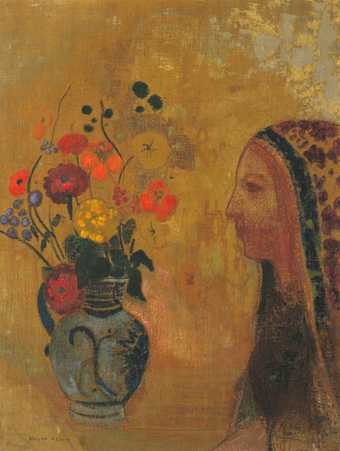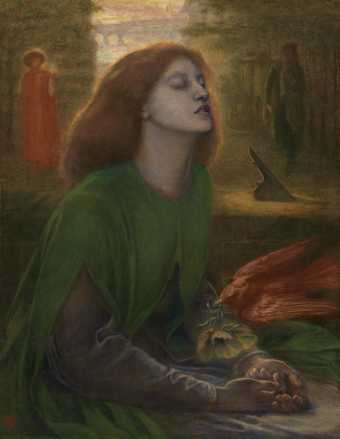
Odilon Redon
Profile of a Woman with a Vase of Flowers (c.1895–1905)
Tate

Dante Gabriel Rossetti
Beata Beatrix (c.1864–70)
Tate

Paul Gauguin
Faa Iheihe (1898)
Tate
The term was coined in 1886 by French critic Jean Moréas to describe the poetry of Stéphane Mallarmé and Paul Verlaine. It was soon applied to visual art where the realistic depiction of the natural world, seen in impressionism, realism, naturalism, was rejected in favour of imaginary dream worlds populated with mysterious figures from literature, the bible, and and Greek mythology. The work of symbolist artists and writers was also fuelled by new psychological content, particularly erotic and mystical. Common themes included: love, fear, anguish, death, sexual awakening, and unrequited desire.
Symbolism was a complex international phenomenon but was especially prominent in France (Gustave Moreau, Odilon Redon, Paul Gauguin), Belgium (Fernand Khnopff, Jean Delville), and Britain (Dante Gabriel Rossetti, Sir Edward Coley Burne-Jones, George Frederic Watts, Aubrey Beardsley).
